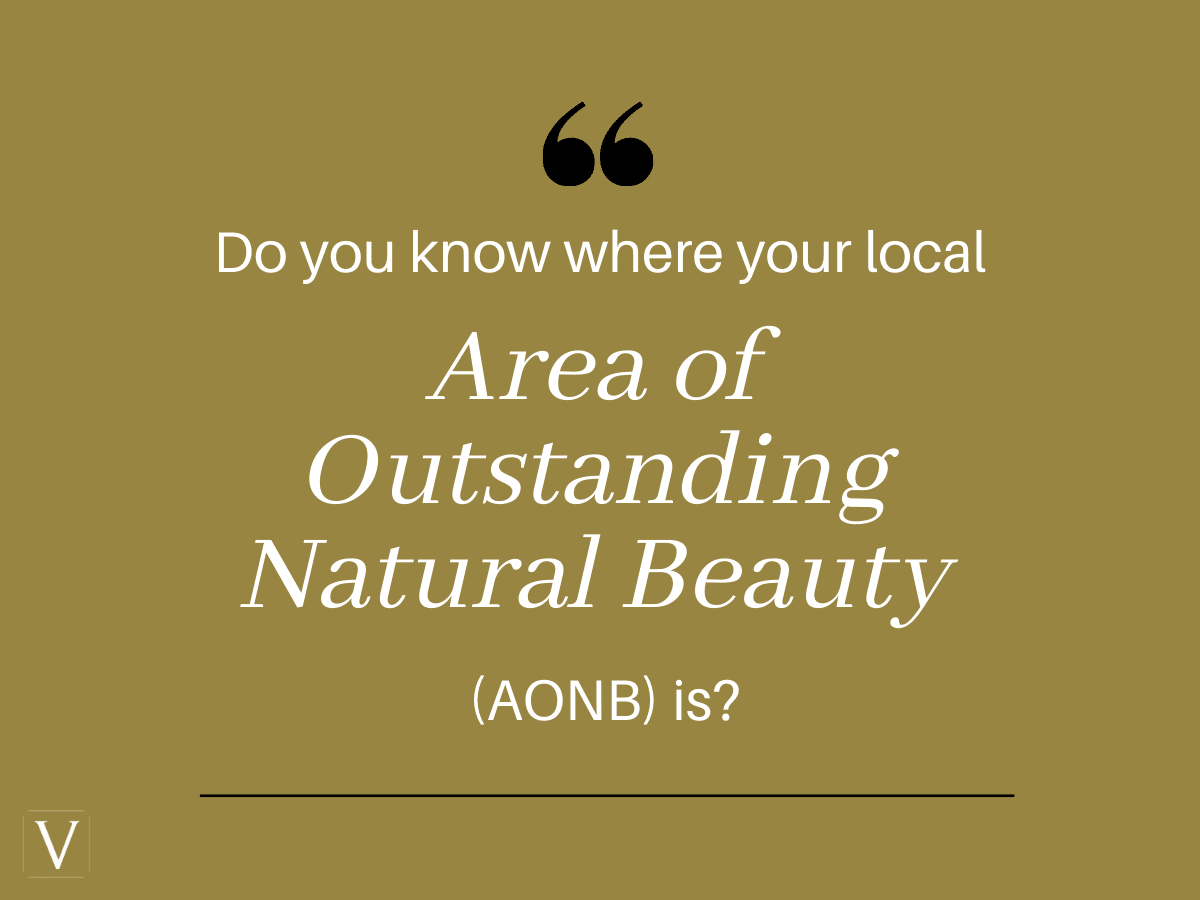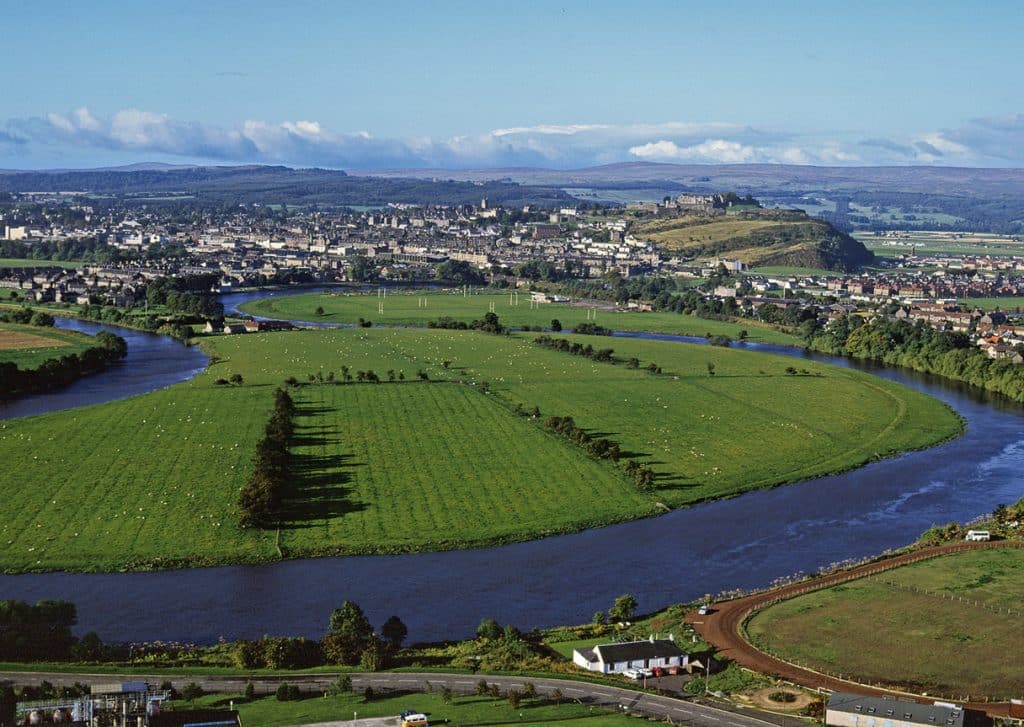News
Do you know where your local ‘Area Of Outstanding Natural Beauty’ (AONB) is?

Throughout the UK, there are 46 locations designated as an Area of Outstanding Natural Beauty (AONB) The Gower Peninsula, South Wales, was the first area to be designated back in 1956. But what exactly does this mean? Quite simply, an AONB is an area that’s been singled out for its impressive landscape, distinctive character, or natural beauty – and safeguarded in the national interest.
Unique to the UK, AONBs include some of the most important and sensitive natural habitats, from rugged coastlines and dense forests to verdant valleys and idyllic sea loughs. The National Landscapes Association (formerly the National Association for Areas of Outstanding Natural Beauty) is in charge of protecting, enhancing, and securing the future of these beauty spots, so they remain unspoilt and there for us all to enjoy for generations to come.
The Isles of Scilly, covering just 16 km2, are the smallest AONB – but that didn’t stop them from getting voted the best AONB by Which members, who love the area’s granite cliffs, hidden coves, and sandy beaches—not to mention spotting puffins and grey Atlantic seals. The Cotswolds are the largest AONB, spanning a huge 2,038 km2, with rare limestone grassland habitats and ancient beechwoods. This doesn’t include urban areas but does cover market towns, such as Chipping Campden.

Do you know where your local Area of Outstanding Natural Beauty (AONB) is?
According to statistics, 66% of people live within 30 minutes of one!
AONBs in England, Wales, and Northern Ireland make up 18% of the countryside, over 20% of the English coast, and include 12,000 miles of footpaths and bridleways. Millions of people visit them every year – but luckily, that doesn’t mean they’re too busy to enjoy. If you fancy finding out what’s so great about a popular spot, or would like to head to somewhere less discovered, here are the top five most and least visited AONBs.
Most visited ‘Area Of Outstanding Natural Beauty’:
- Cornwall
- Isle of Wight
- Dorset
- Cotswolds
- South Devon
‘Area Of Outstanding Natural Beauty’ best kept secrets (least visited):
- Strangford and Lecale, County Down, Northern Ireland
- Sperrins, County Tyron, Northern Ireland
- Howardian Hills, Yorkshire
- Lagan Valley, County Down, Northern Ireland
- Binevenagh, County Derry, Northern Ireland
Preserving Beauty: What You Need to Know When Renovating Windows in an AONB
Introduction
Renovating windows in an Area of Outstanding Natural Beauty (AONB) is a delicate endeavour that requires careful consideration of regulations, aesthetics, and environmental impact. AONBs are designated for their exceptional landscapes and unique character, and any alterations must be approached with respect for their intrinsic beauty and conservation. In this article, we delve into essential factors to consider when undertaking window renovations within these cherished landscapes.
Understanding Local Regulations
Before embarking on any renovation project, it’s crucial to familiarise yourself with the local planning regulations governing development within the AONB. These regulations vary from one area to another and may include specific guidelines regarding architectural style, materials, and conservation.
Conservation Area Considerations
Many properties within AONBs are located in conservation areas, where stricter regulations apply to preserve their historic and architectural significance. Renovations, including window replacements, may require conservation area consent to ensure that changes are sympathetic to the area’s character.
Heritage Preservation
Preserving the heritage and architectural integrity of buildings within AONBs is paramount. When renovating windows, opt for designs and materials that blend harmoniously with the original style of the property. Timber frames, for instance, offer a natural aesthetic that complements traditional buildings while retaining their historic charm.
Listed Building Considerations
If the property is listed, obtaining listed building consent for window renovations is essential. This process ensures that proposed changes adhere to strict heritage guidelines and do not compromise the building’s historic fabric or significance.
Sympathetic Design and Materials
When selecting window designs and materials, prioritise options that respect the surrounding landscape and architectural heritage. Avoid modern or intrusive designs that detract from the natural beauty of the AONB, opting instead for solutions that seamlessly integrate with the property’s surroundings.
Energy Efficiency and Sustainability
While preserving the aesthetic and heritage of the property is paramount, incorporating energy-efficient features into window renovations can enhance comfort and reduce environmental impact. Consider investing in double or triple-glazing and sustainable materials to improve insulation and minimise heat loss.
Professional Advice and Consultation
Seeking guidance from architects, heritage specialists, or experienced contractors familiar with working in AONBs can provide valuable insights and ensure that renovations are carried out sensitively and in compliance with regulations. Additionally, consulting with local authorities, conservation officers, and community groups can help garner support and ensure that proposed renovations are well-received by the community.
Renovating windows in an AONB
Renovating windows in an AONB requires a delicate balance between preservation, aesthetics, and environmental responsibility. By adhering to local regulations, preserving heritage, selecting sympathetic designs and materials, and seeking professional advice, property owners can contribute to the conservation of these cherished landscapes while enhancing the beauty and sustainability of their homes for generations to come.
Worth knowing:
If you’re lucky enough to live in an AONB, your local planning authority is the place to go with any questions regarding development, building work, or changes that you’re thinking about for your home.
At Ventrolla, we’ve worked on many heritage homes that sit within these restricted areas, as window renovation is often the only option. You can hear more about a recent project we completed in the Bridge of Allan Area Of Outstanding Natural Beauty.
If your period home sits within an AONB, conservation area, is listed or you simply want to retain it’s heritage aesthetic, we can help by offering you sympathetic works to your existing timber windows, improving the energy efficiency whilst retaining the look and charm of your period home.
Contact our helpful team today online here or by calling 0800 378 278.
